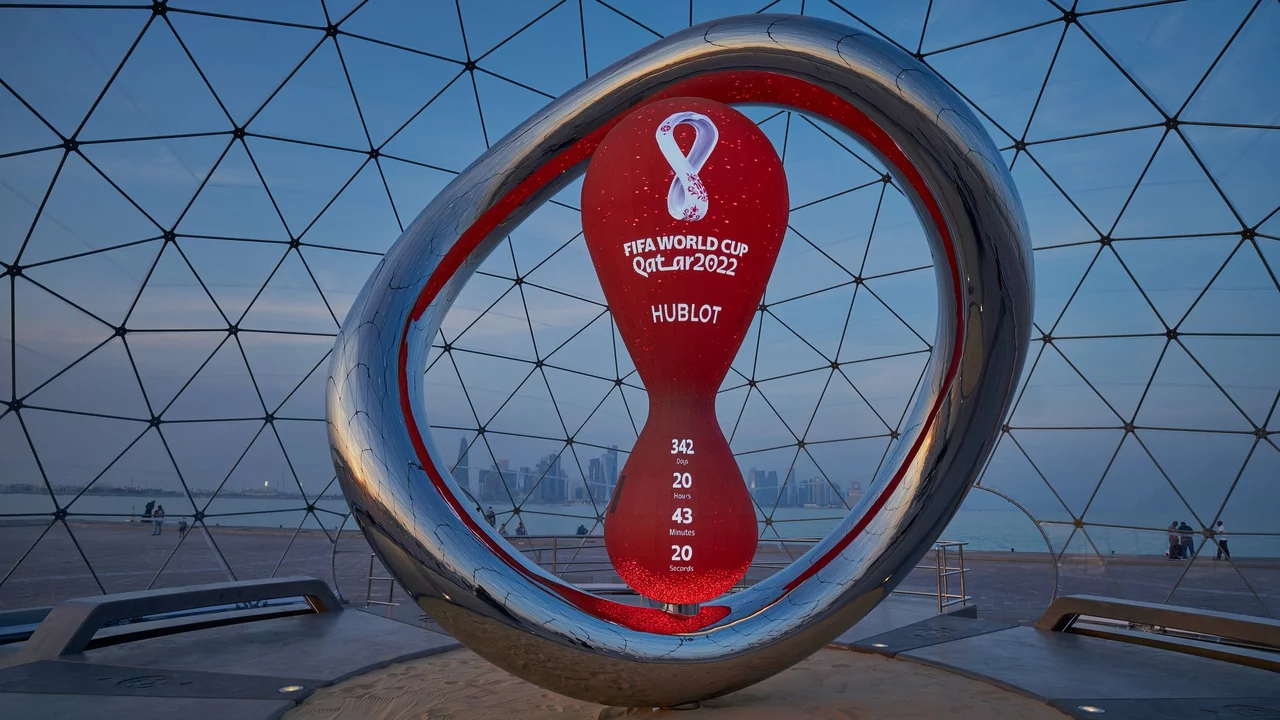World Cup Preparations: What Happens Before the Tournament Starts
When the World Cup is just a few months away, the buzz isn’t only about tickets or mascots. Every team, coach, and host city is busy with a massive checklist that decides how smooth the tournament will run. Below we break down the key steps that turn a global dream into a reality.
Team preparation on the ground
First up, the players. Most national squads book a training camp a few weeks before the first match. These camps are usually held in a warm climate, giving the squad time to build fitness and adapt to the conditions they’ll face in the host country.
Coaches use the camp to fine‑tune tactics. They run video sessions, simulate set‑pieces, and test different formations against the squad’s own players. The goal is simple: know every movement before the pressure of the big stage hits.
Fitness work is intense. Strength trainers focus on injury prevention, while cardio sessions boost stamina for games that can last 120 minutes. Nutritionists also get involved, planning meals that keep energy levels steady without causing stomach issues.
Beyond the physical side, mental preparation matters a lot. Sports psychologists teach players how to stay calm under the bright lights, handle criticism, and keep focus when the crowd roars. Simple breathing exercises and visualization techniques are common tools.
Friendly matches (often called “warm‑up games”) are scheduled against other national teams. These matches let the coach see how the tactics work in real time and give players a chance to gel together. The results don’t matter as much as the lessons learned on the pitch.
What the host nation does
The country that wins the right to host the World Cup has a huge job. Stadium upgrades are the first headline. Existing venues get new seats, better lighting, and modern locker rooms. New stadiums are built in cities that need them, following strict FIFA guidelines for safety and capacity.
Transport is another big piece. Roads, rail lines, and airports are expanded or improved so fans can travel quickly between matches. Public transport passes are often introduced to make moving around cheap and easy.
Security plans are drawn up months in advance. Local police work with international agencies to protect players, officials, and spectators. Crowd control barriers, surveillance cameras, and emergency response teams are placed strategically around every venue.
Fan zones are set up in city centers. These are large open areas with big screens, food stalls, and live music, letting people who don’t have tickets still join the party. Volunteer programs recruit thousands of locals to help with translation, ticket checks, and hospitality.
Media infrastructure gets a boost too. Press rooms, broadcast towers, and high‑speed internet connections are installed to ensure every match can be streamed worldwide without a hitch.
Finally, environmental sustainability is a growing focus. Host cities aim to reduce waste, use renewable energy, and promote public transport to keep the tournament green.
All these steps—training camps, tactical drills, stadium upgrades, transport upgrades, and fan events—work together to make the World Cup a smooth, exciting experience for everyone involved. Whether you’re a player stepping onto the pitch or a fan cheering from the stands, the months of preparation you don’t see are what make the magic happen.
As I've been following Qatar's preparations for the upcoming World Cup, I've noticed a significant transformation in the country. The massive infrastructure projects, such as the construction of new stadiums and transportation systems, have undoubtedly boosted the economy and created numerous job opportunities. Additionally, the country has implemented labor reforms to protect the rights of migrant workers, addressing international concerns. On a cultural level, the event has also promoted a sense of national pride and unity among the Qatari people. Overall, I believe that Qatar's World Cup preparations have had a profound impact on the country's development and global image.
Continue reading...
